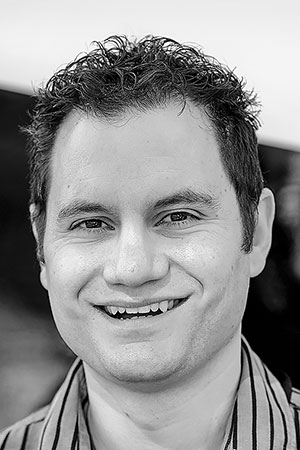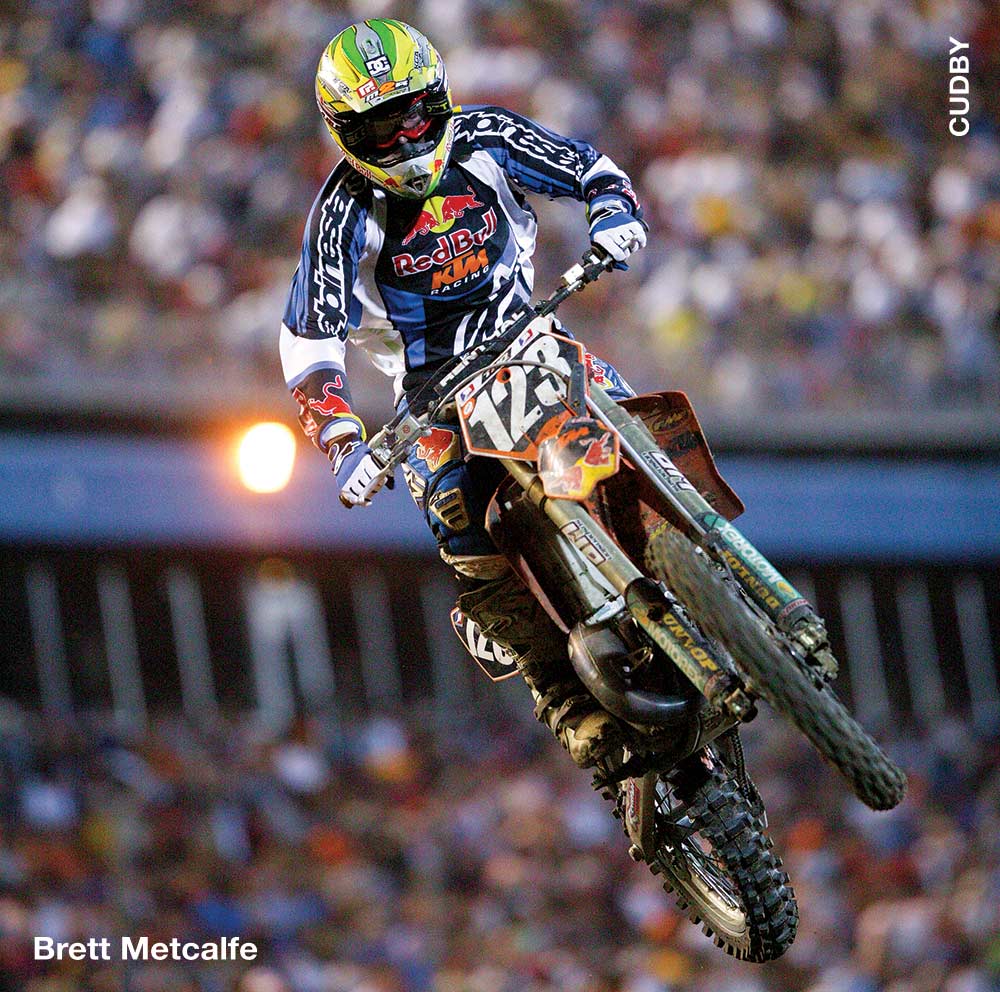

By JASON WEIGANDT ![]() @JASONWEIGANDT
@JASONWEIGANDT

By JASON WEIGANDT ![]() @JASONWEIGANDT
@JASONWEIGANDT

here’s an old study from the 1980s that still comes up a lot: a physical test of top riders helped to prove, somehow, that motocross was the second most physically demanding sport in the world, behind only soccer. This study is now over 30 years old and still gets referenced. Whatever. I’ll give you another subject where only soccer can top motocross worldwide. I would surmise that only soccer can beat this sport for universal international acceptance. We’ve tracked much of this in the pages of this magazine through the years—from the U.S. to Europe to remote portions of Asia, Africa, South and Central America, and the Middle East, motocross exists nearly everywhere. Further, it exists in the same form—the same bikes, the same general idea of a starting gate and a dirt track with some mounds. This isn’t cricket compared to baseball, or rugby compared to football. It’s astonishing how many corners of the globe participate in dirt bike racing, to the point where we take it for granted, kind of like the fitness study. We all know they race moto everywhere, right?

These extra-big races are supercross races, though, so the Americans invariably become the big draw, because supercross is still the all-American thing. (Lots of great foreign riders have moved here, but Jean-Michel Bayle and Chad Reed are still the only foreign-born AMA Supercross Champions over the last 40 years.) But when you introduce the superstars of the sport to these crowds, they create an inspiration that can change everything. For JMB, it was the Paris-Bercy Supercross itself that sparked the dream of learning supercross and becoming a champion. He eventually won not only at home but in America, and future JMBs began popping up everywhere via a well-sorted French supercross championship. The influx of talent has never stopped.
Veteran Australian racer Brett Metcalfe tells me that Australia once had the same thing: a robust supercross series that created dreams of racing in the U.S., and the actual skills to do it. Metty is still proud to say that he finished fifth in the 125 East Region in his rookie U.S. supercross season, behind only established vets like Branden Jesseman, Mike Brown, Brock Sellards, and Kelly Smith. In 2001, Michael Byrne made his American premier–class debut, and with Jeff Emig’s help he finished ninth in points that year. Reed, of course, won races immediately and dominated the 125SX East in his very first crack at it.
Metcalfe says he, Reed, and Byrne hit the crest of the wave at the right time, using a robust SX series at home to get ready for the challenge of America. That series faded, and so did the SX skills of Australian riders. Hunter and Jett Lawrence, for example, are great riders, but they have virtually no home supercross experience. So while inviting big stars like Jason Anderson to the AUS-X Open is a gambit to sell some tickets and pack a stadium, there’s a plan beyond that. If there’s a kid in the stands or in the pits (or even on the track with the KTM Junior Mini Challenge) who is inspired to chase the supercross dream, then it’s truly mission accomplished. The French kids in Paris want to win in Paris, and the Australian kids in Melbourne want to win in Melbourne. But a victory at Anaheim still stands as the ultimate prize, and races like these can help get them there. ![]()

